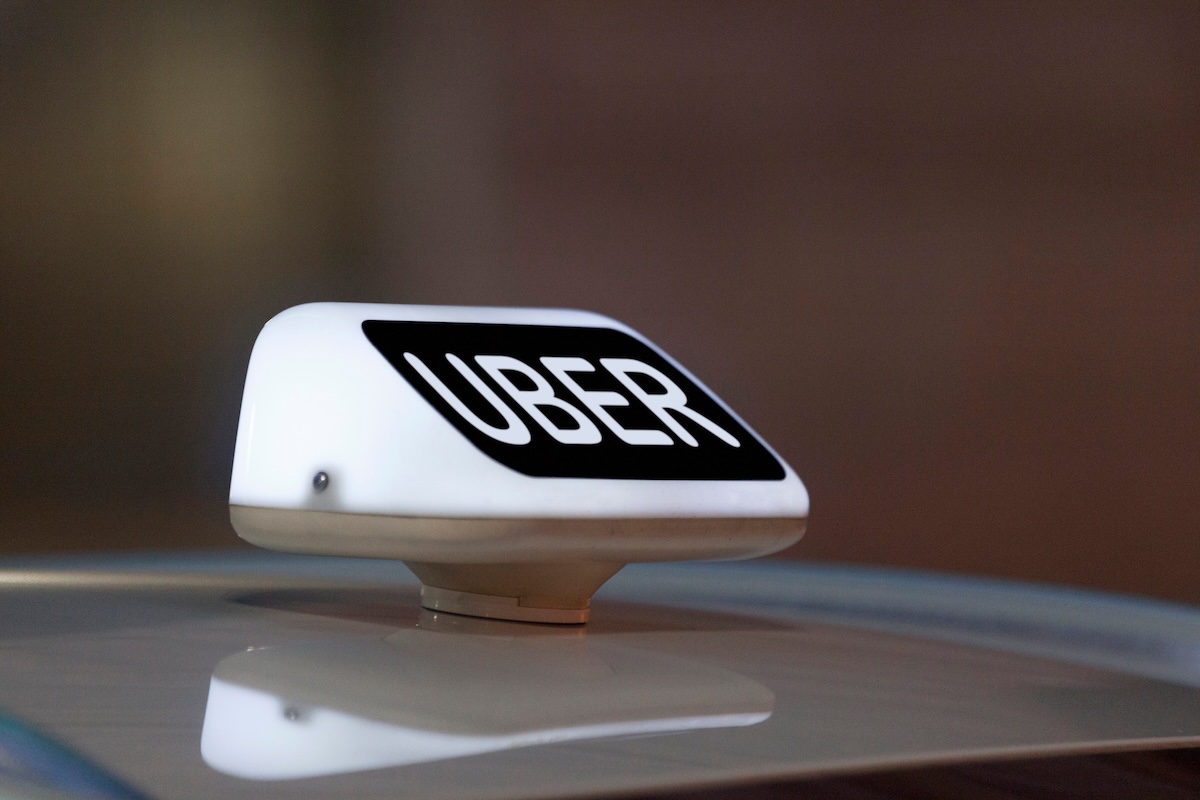
Uber (UBER) is teaming up with Chinese robotaxi startup WeRide (WRD) to bring autonomous vehicles to Dubai.
The two companies entered into an agreement with Dubai’s Road and Transportation Authority (RTA) to allow users to hail WeRide’s GXR robotaxis directly through the Uber app.
“Dubai marks a natural step forward in our commitment to advancing mobility in the Middle East as well as our continued global expansion,” said WeRide CFO Jennifer Li.
“We believe our advanced autonomous driving technology and operational experience combined with Uber’s powerful global mobility platform will help us serve millions of consumers in cities around the world.”
This isn’t their first collaboration in the region.
Last year, WeRide and Uber launched a ride-hailing partnership in Abu Dhabi — the first time AVs were available on Uber outside the U.S.
But despite the fanfare, the market isn’t exactly cheering. WeRide shares are down 36.5% over the past five days. Uber is off nearly 10% over that same stretch.
WeRide’s master plan: Fewer robotaxis, more revenue
While sentiment has been lukewarm, WeRide’s partnership with Uber is central to CEO Tony Han’s long-term vision: scale internationally and reach profitability fast.
In a March interview with The Wall Street Journal, Han argued that unlike rivals like Pony.ai (PONY stock), which aim to scale to 10,000 robotaxis in a few years, WeRide can get there with a fraction of the fleet.
“That is a disadvantage for these so-called ‘pure’ robotaxi companies – they have to maintain 5,000 robotaxis in a single city to reach profitability,” he said. “We can become profitable with only five to 10 cars” thanks to its Uber integration.
Another key part of WeRide’s strategy is diversification.
Instead of focusing solely on robotaxis, the company is rolling out robovans, robotic sweepers, and fixed-route minibuses.
That gives local governments a lower-risk entry point for adopting autonomous tech and builds long-term trust in its systems.
“Most authorities, like municipal governments or state governments, will prefer a responsible approach,” Han explained on WeRide’s latest earnings call.
“We can always introduce RoboSweeper at first, and also fixed-route minibus, which the challenges for safety for this product are relatively low compared to robotaxi.”
By easing regulators in, WeRide believes it can win cities over step-by-step. “We gradually build up mutual trust and actually show the local government our tech is safe,” Han said, “and then we can gradually introduce robotaxi at scale.”
So far in 2024, product revenue rose 62% to $88 million, while service revenue — which includes outside R&D contracts — fell 21% to $273 million.
The company is also expanding outside China, with a pilot underway in Switzerland. “Our strategy of engaging in multiple markets provides us with resilience and various opportunities for growth,” Han said.
“By focusing on international expansion, we’re confident in our ability to expand our customer base and turbocharge long-term growth.”
Your email address will not be published. Required fields are markedmarked